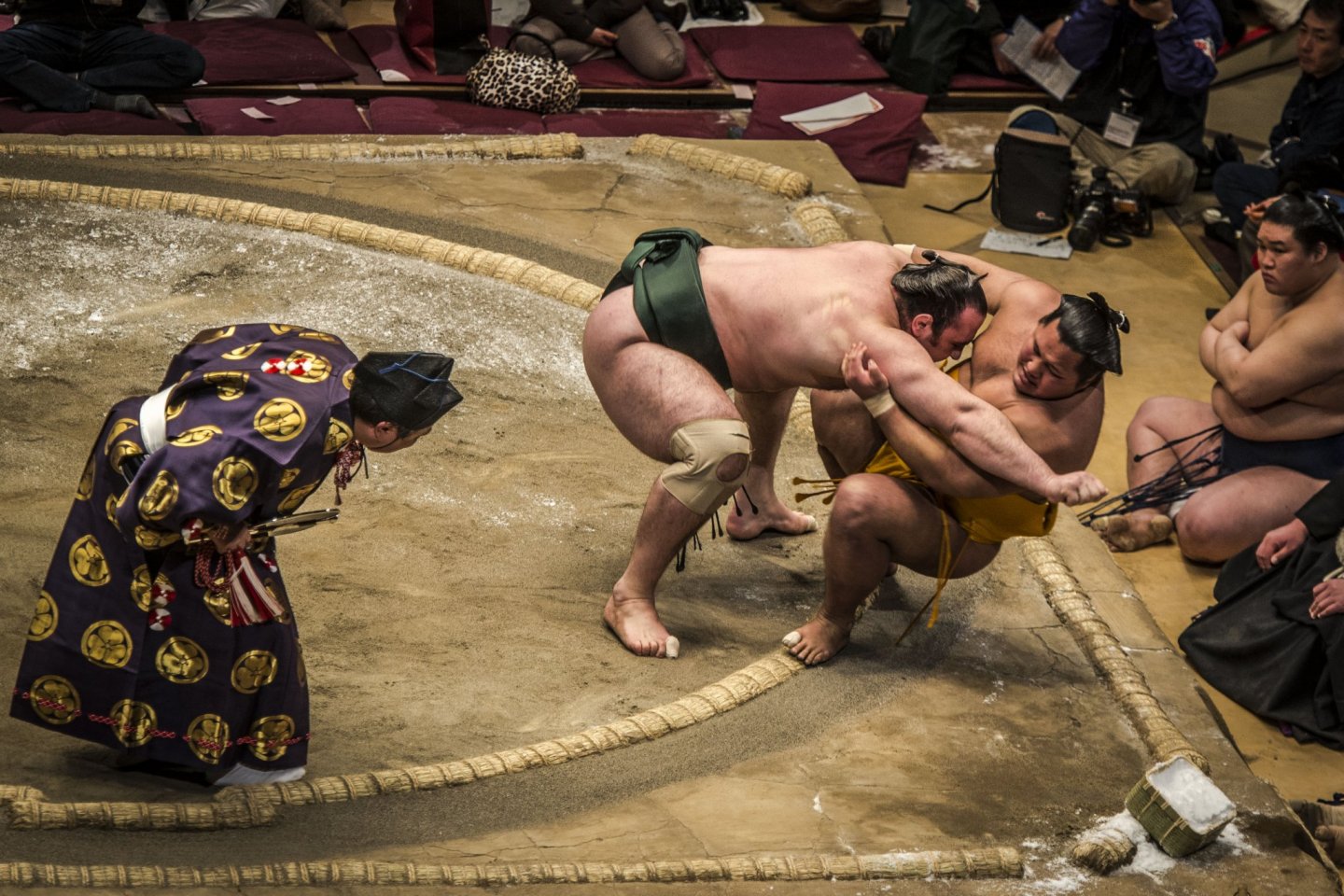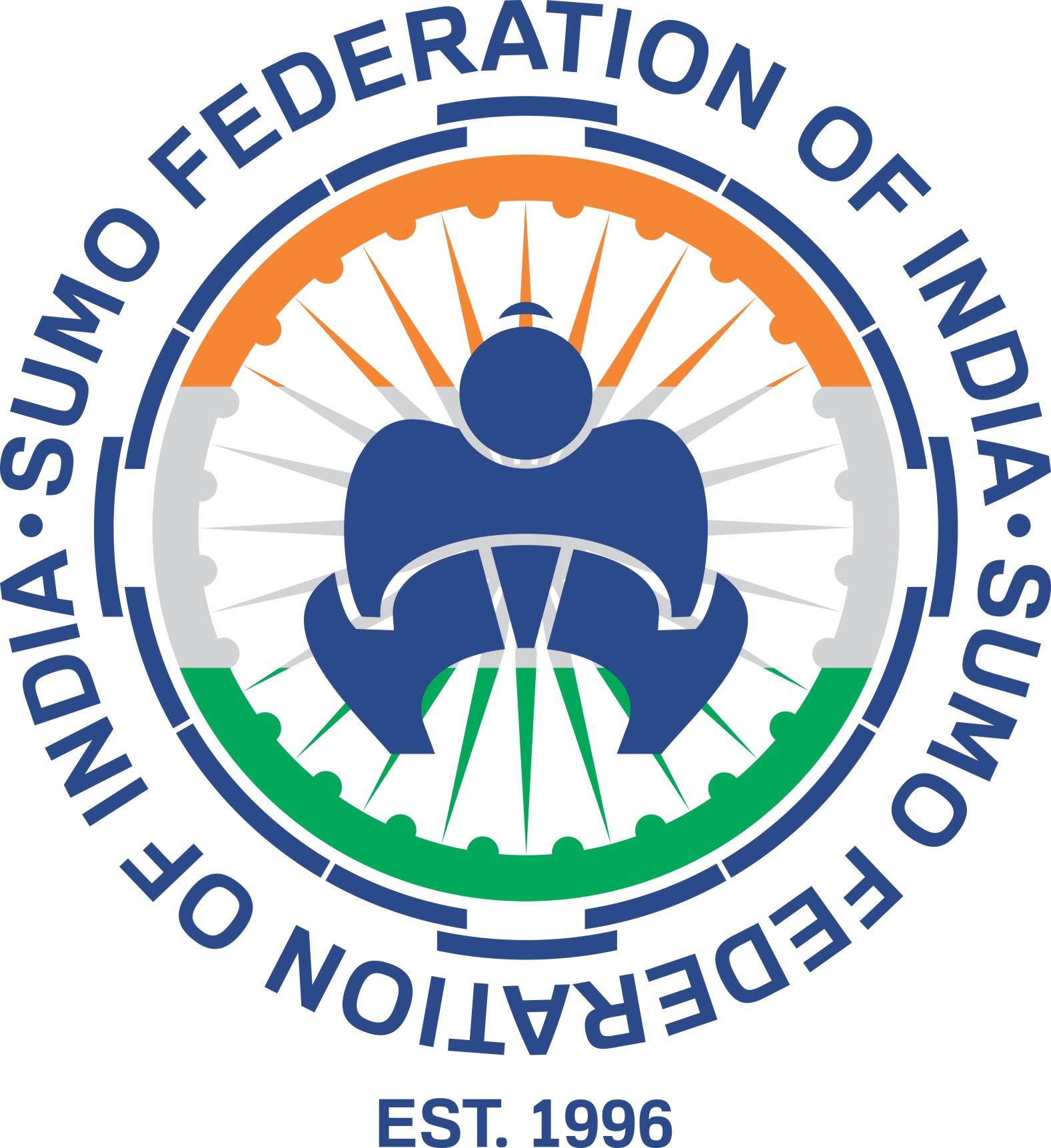India has a rich history (and mythology) of wrestling. From the traditional akharas that survive till date, with its pehelwaans of all ages, having naturally developed physique, practicing ancient techniques, unique exercises & a well known style accepted in Olympics. The Shaolin martial art and the Japanese grappling combat called Jiu-Jitsu are adaptations of Indian wrestling. Whether it is scriptures recounting scenes from the Mahabharata or the red colored mud of akharas where men train as if in a gurukul to the joyous roars of prize-wrestling with famous names of yore such as Dara Singh, Baksh Butt (Great Gama), Kodi Rammurthy Naidu, Reheem Sultani Wala, Jatindra Charan Guho, Tiger Daula, Tiger Joginder Singh, Brahmdev Mishra, et al, the nation has celebrated hand-to-hand combat for ages. The modern wrestling can still source its future victors by spotting talent among any rural pehelwaans.
Pehelwaani (Kushti) itself is a form of wrestling incorporating the best of worlds, with the native India Malla-yuddha (in use since 5th millennium BC) utilising also the techniques in Persian Kushti. Pehelwaani refers to the term “heroic” and Kushti refers to the term “Killing” and so this combination is truly a martial art that can be called Heroic Wrestling.
Sumo Wrestling was established in India by Shri Chandrashekhar Shinde through Sumo Federation of India which is directly affiliated to Japan’s International Sumo Federation and follows the rules as prescribed for the international bouts and its mandatory prerequisites. Thorough coaching of the fundamentals, the Japanese terms, the ceremonies inside the ring, the honor and traditions to be carried forward, are all inculcated in India’s sumo wrestlers by Indian federation’s coaches, referees and judges.
Sumo is a game of skill, not a game of size. With its techniques, a smaller sumotori can defeat a bigger opponent by virtue of skill, opportunity, time and positioning. This is not a game for the faint-hearted and it requires real wrestling prowess. The explosive strength seen inside the ring within split second of beginning of a bout comes from years of practice, effort and exercise.
Sumo rules are simple. The bouts last less than a minute many times. There are team matches as well in sumo which truly tests the camaraderie, teamwork, grit, determination, focus, stamina, fortitude and the courage to go against a better experienced team. Such a game means practicing together. Besides, even individual rikishi cannot win if he hasn’t had a good training partner. So sumo is not a solitary sport. You don’t do sumo alone. Sumo brings people together and teaches them to succeed together.

